New BoE MPC member Jonathan Haskel testifies in the parliament today. On interest rates he said that “at this stage, I would merely say that given current conditions and current economic data, I agree with the broad direction of travel (of the BoE’s current guidance).”
But he pointed out that “ultimately, long run consumer demand depends on how much (perceived long run) incomes grow and how much is saved or spent.” And, “in recent years savings rates seem to have declined and thus consumption has been stronger than was expected. I would expect that savings rates would fall assuming the outlook for wages and productivity remains subdued.” Therefore, he predicted that ” outlook for consumer spending in the UK is that it will be similarly subdued.”
On Brexit, Haskel said “what all of this hangs on is the extent to which we can re-negotiate advantageous supply trade relationships, trade and services and all of those kinds of things.” And, “If they can be negotiated and we can be in a good place, then the economy can keep on growing. If we’re in a bad place, then I think most people will agree there may at least be a temporary lull.”
Haskel’s term will start in September. That is, after the highly anticipated August BoE MPC meeting, when a rate hike is on the table.




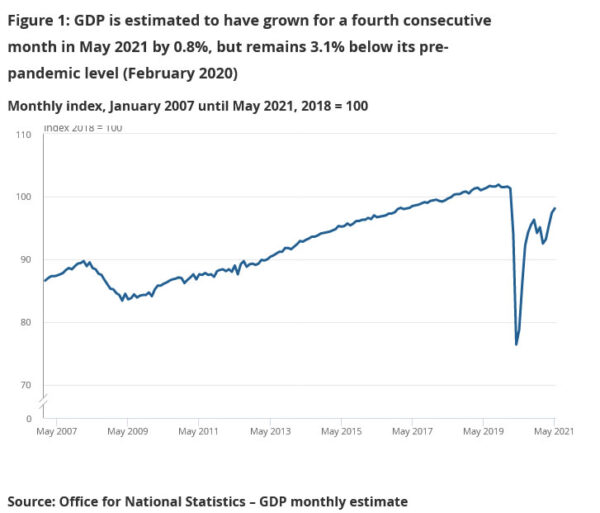
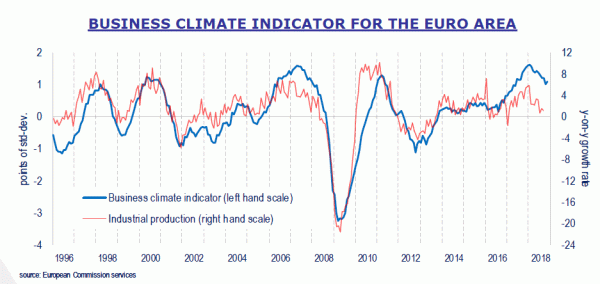
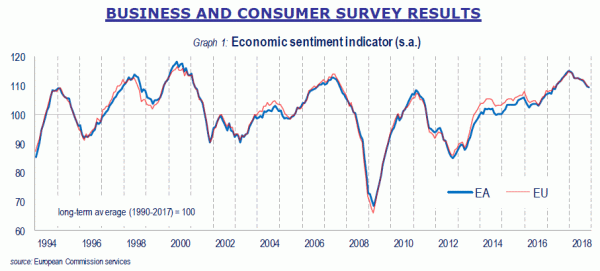
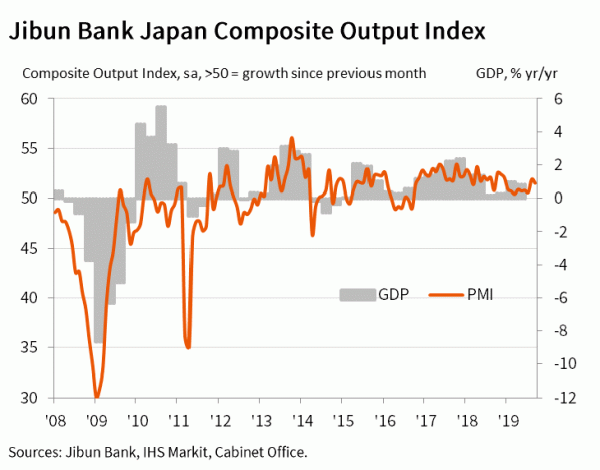
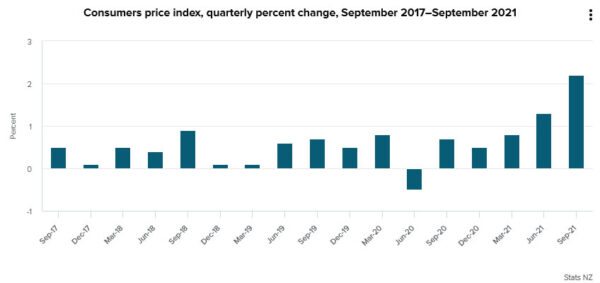
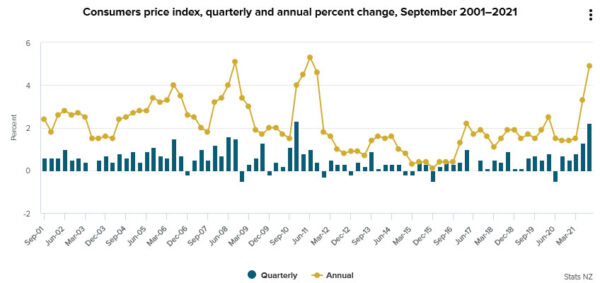
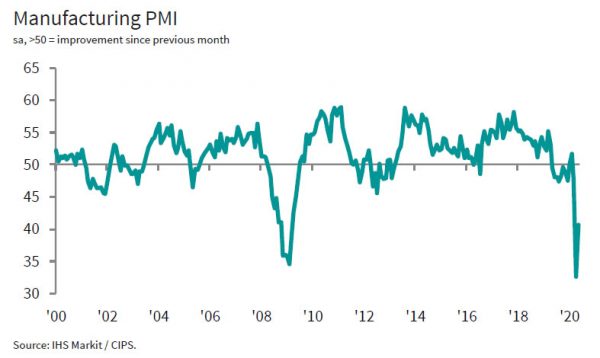
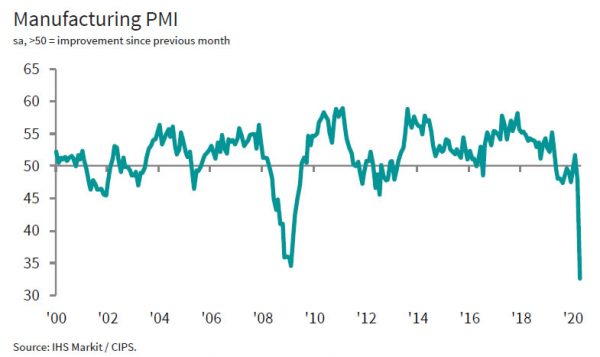
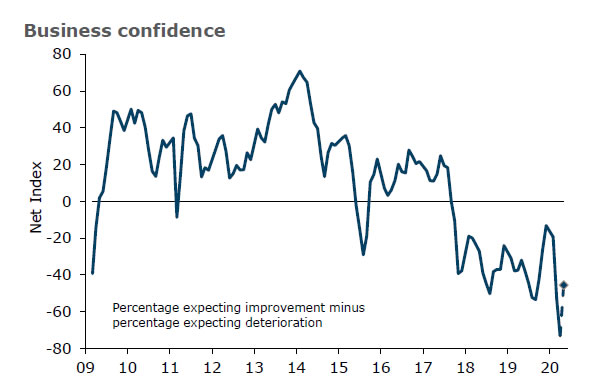

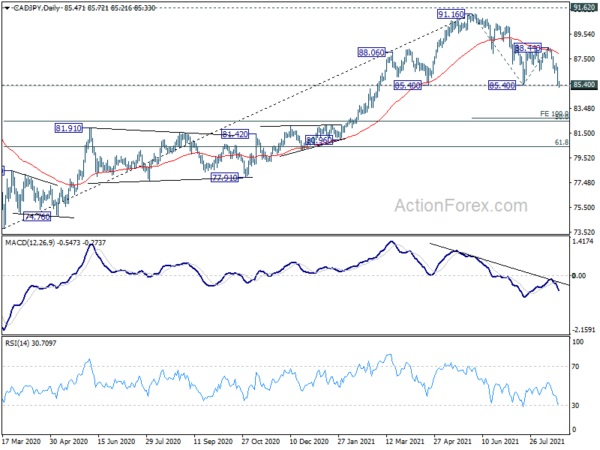
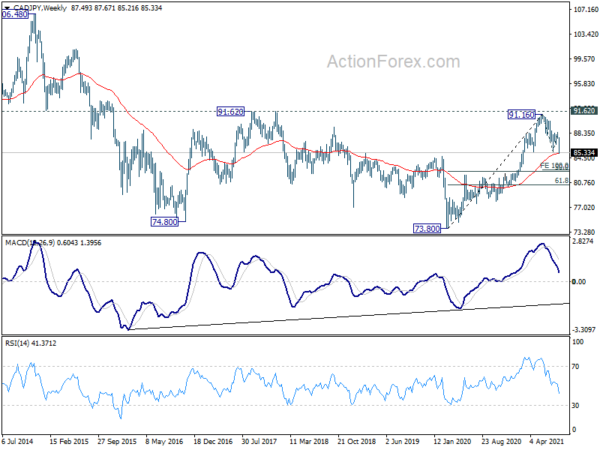
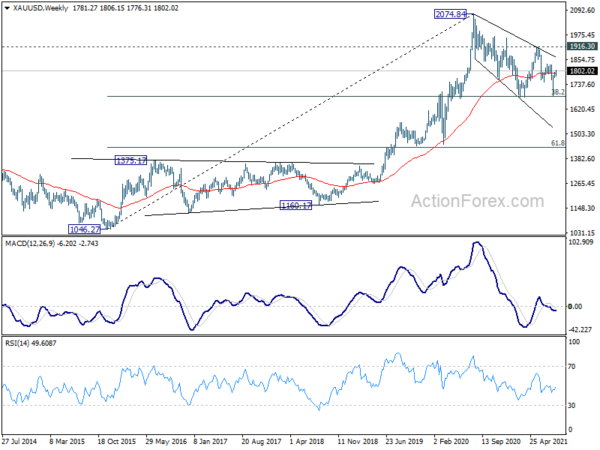
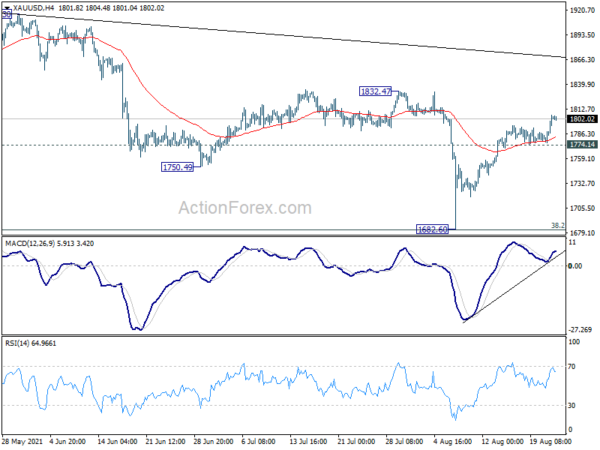
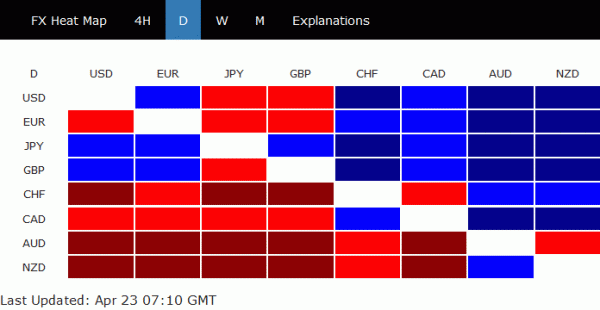
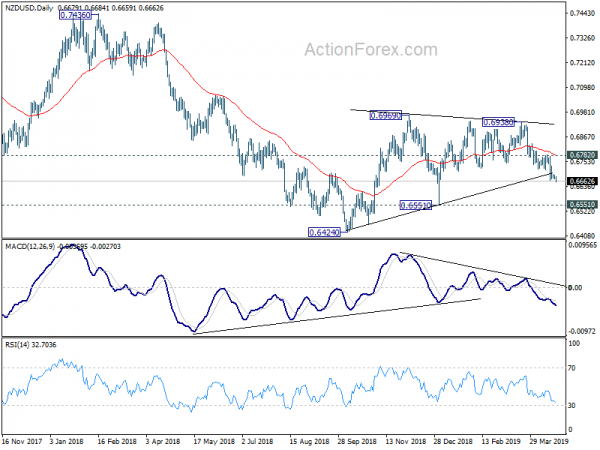
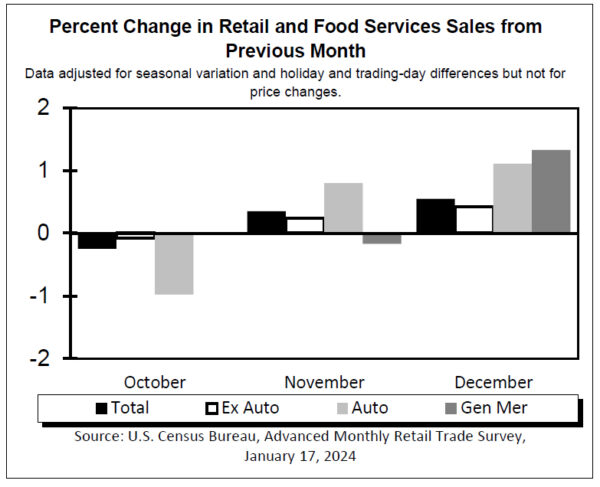
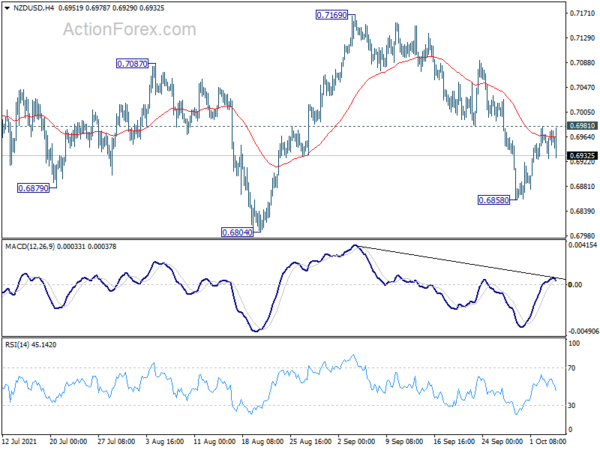
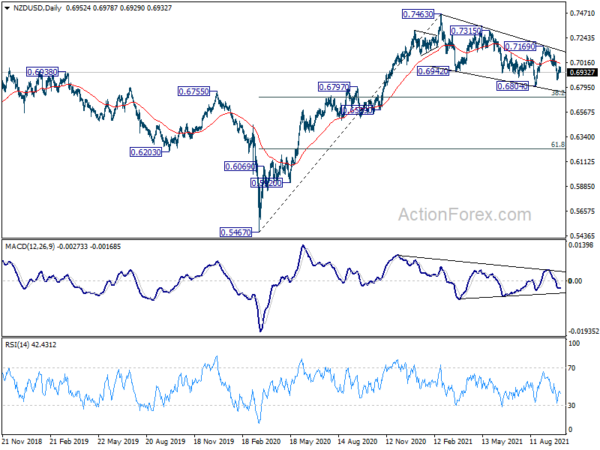

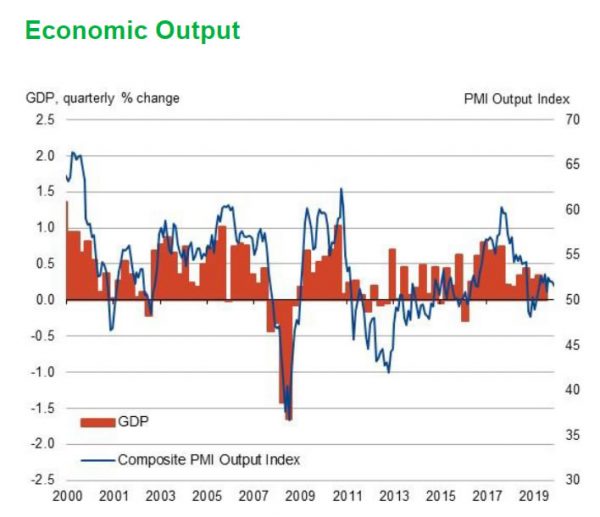
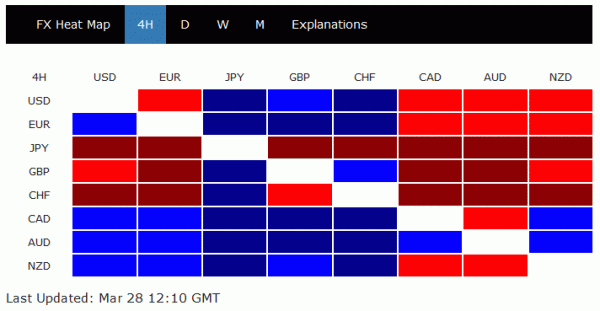
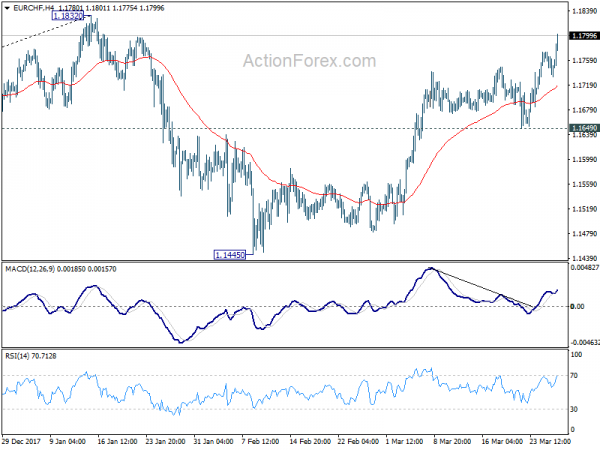
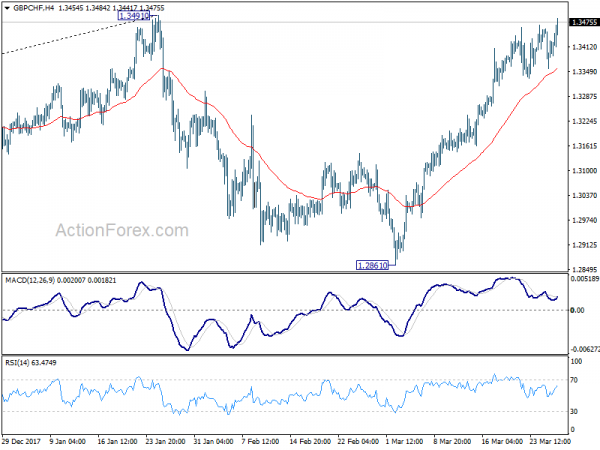
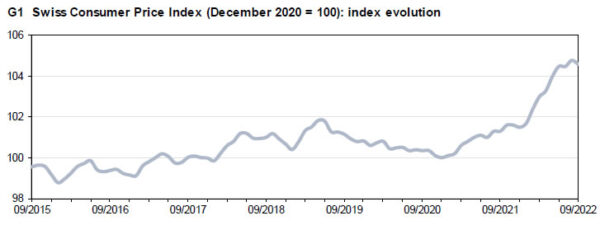
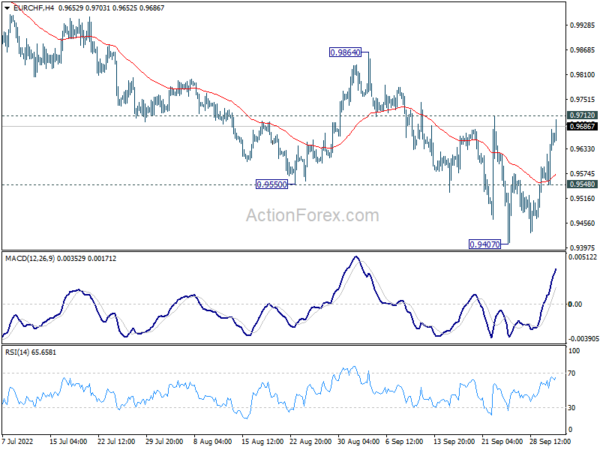
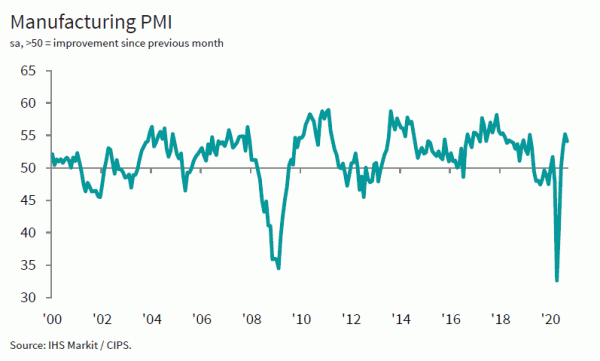

BoE Haskel agrees with MPC’s broad direction of travel
New BoE MPC member Jonathan Haskel testifies in the parliament today. On interest rates he said that “at this stage, I would merely say that given current conditions and current economic data, I agree with the broad direction of travel (of the BoE’s current guidance).”
But he pointed out that “ultimately, long run consumer demand depends on how much (perceived long run) incomes grow and how much is saved or spent.” And, “in recent years savings rates seem to have declined and thus consumption has been stronger than was expected. I would expect that savings rates would fall assuming the outlook for wages and productivity remains subdued.” Therefore, he predicted that ” outlook for consumer spending in the UK is that it will be similarly subdued.”
On Brexit, Haskel said “what all of this hangs on is the extent to which we can re-negotiate advantageous supply trade relationships, trade and services and all of those kinds of things.” And, “If they can be negotiated and we can be in a good place, then the economy can keep on growing. If we’re in a bad place, then I think most people will agree there may at least be a temporary lull.”
Haskel’s term will start in September. That is, after the highly anticipated August BoE MPC meeting, when a rate hike is on the table.